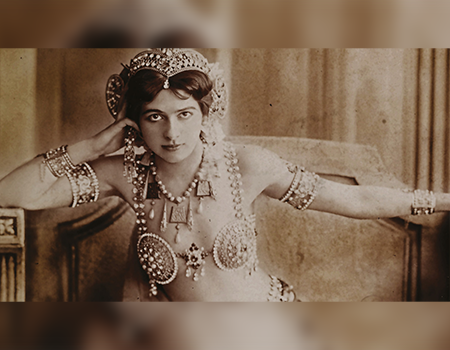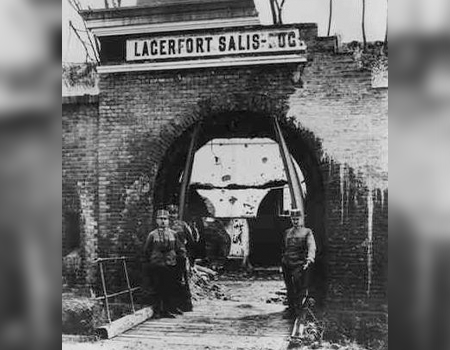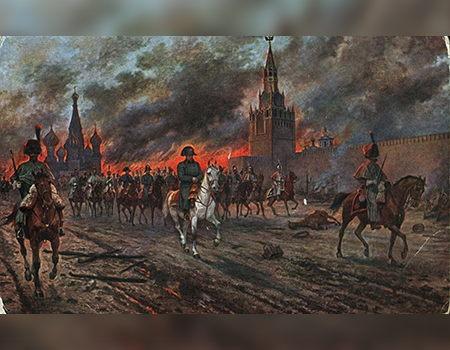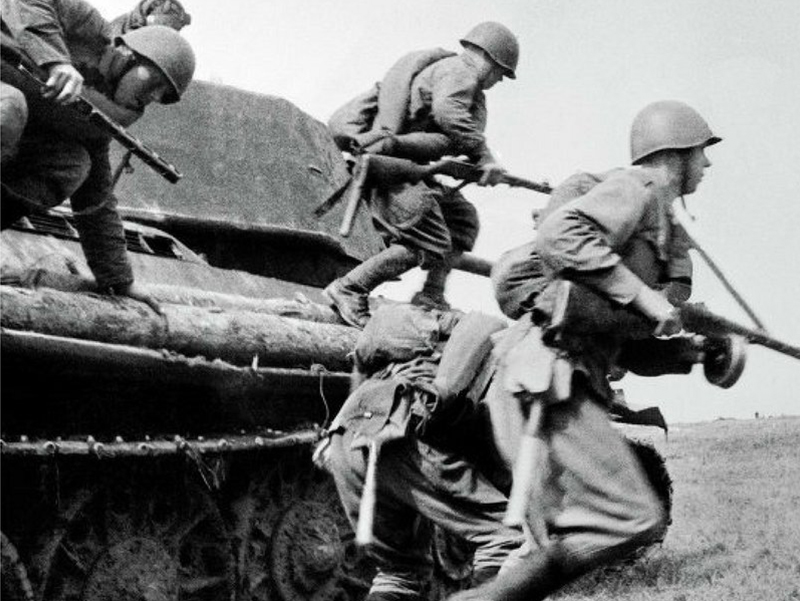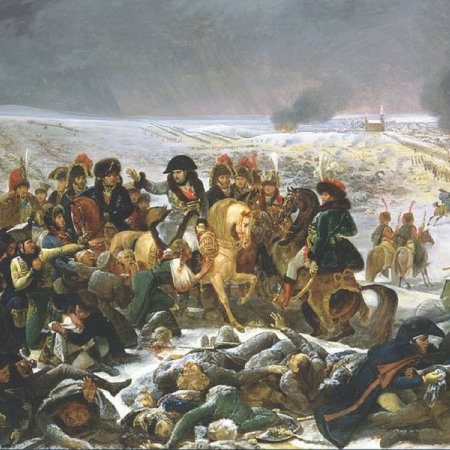
A spontaneous national uprising that began 12 days before in Hungary is viciously crushed by Soviet tanks and troops on November 4, 1956. Thousands were killed and wounded and nearly a quarter-million Hungarians fled the country.
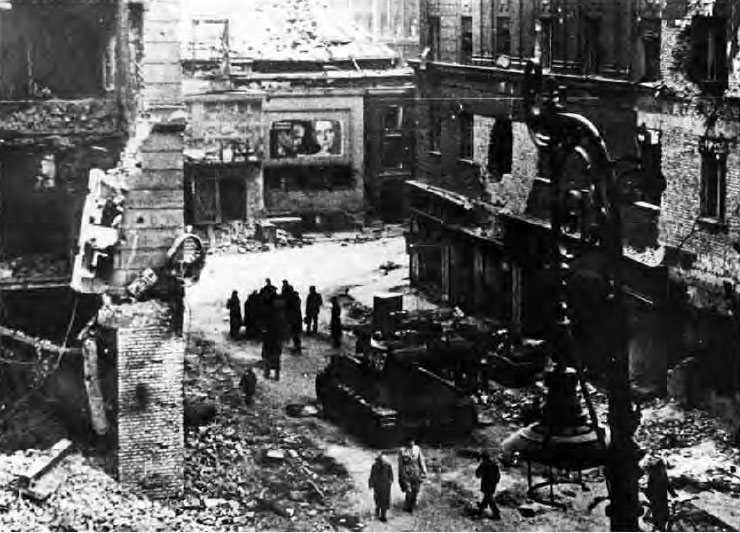
The problems in Hungary began in October 1956, when thousands of protesters took to the streets demanding a more democratic political system and freedom from Soviet oppression. In response, Communist Party officials appointed Imre Nagy, a former premier who had been dismissed from the party for his criticisms of Stalinist policies, as the new premier. Nagy tried to restore peace and asked the Soviets to withdraw their troops. The Soviets did so, but Nagy then tried to push the Hungarian revolt forward by abolishing one-party rule. He also announced that Hungary was withdrawing from the Warsaw Pact (the Soviet bloc’s equivalent of NATO).
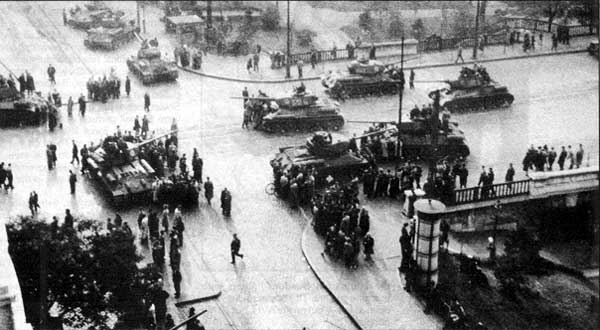
On November 4, 1956, Soviet tanks rolled into Budapest to crush, once and for all, the national uprising. Vicious street fighting broke out, but the Soviets’ great power ensured victory. At 5:20 a.m., Hungarian Prime Minister Imre Nagy announced the invasion to the nation in a grim, 35-second broadcast, declaring: “Our troops are fighting. The Government is in place.” Within hours, though, Nagy sought asylum at the Yugoslav Embassy in Budapest. He was captured shortly thereafter and executed two years later. Nagy’s former colleague and imminent replacement, János Kádár, who had been flown secretly from Moscow to the city of Szolnok, 60 miles southeast of the capital, prepared to take power with Moscow’s backing.
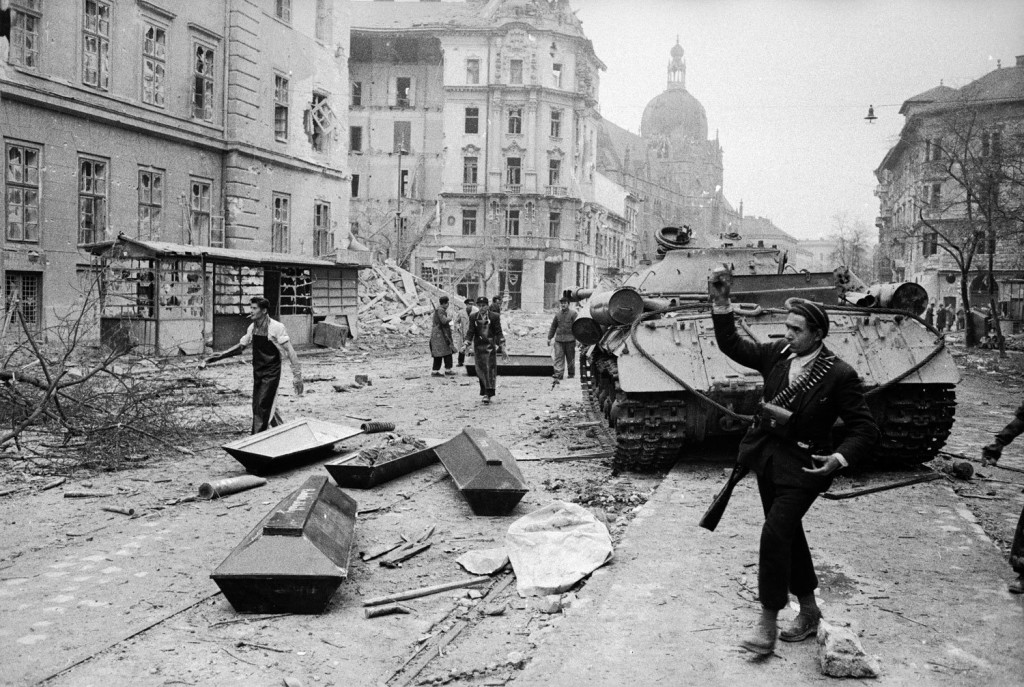
The Soviet action stunned many people in the West. Soviet leader Nikita Khrushchev had pledged a retreat from the Stalinist policies and repression of the past, but the violent actions in Budapest suggested otherwise. An estimated 2,500 Hungarians died and 200,000 more fled as refugees. Sporadic armed resistance, strikes and mass arrests continued for months thereafter, causing substantial economic disruption. Inaction on the part of the United States angered and frustrated many Hungarians. Voice of America radio broadcasts and speeches by President Dwight D. Eisenhower and Secretary of State John Foster Dulles had recently suggested that the United States supported the “liberation” of “captive peoples” in communist nations. Yet, as Soviet tanks bore down on the protesters, the United States did nothing beyond issuing public statements of sympathy for their plight.
Citation Information
Author History.com Editors
Website Name HISTORY.COM
Did you know?
- The abortive revolution claimed the lives of around 3,000 civilians and some 200,000 more were forced to flee the country. A further 22,000 Hungarians were sentenced for crimes such as treason, 13,000 imprisoned, and several hundred executed. Moscow quickly abandoned “de-stalinisation” and ratcheted up repression across the Eastern Bloc.
- The final broadcast from Hungary’s last rebel-held radio station hit the airwaves on the afternoon of November 4. An unidentified woman’s voice intones: “Civilized people of the world: On the watch tower of 1,000-year-old Hungary the last flames begin to go out. Soviet tanks and guns are roaring over Hungarian soil. Our women – mothers and daughters – are sitting in dread. They still have terrible memories of the army’s entry in 1945. Save our souls! This word may be the last from the last Hungarian freedom station. Listen to our call. Help us – not with advice, not with words, but with action, with soldiers and arms. Help Hungary. Help, help, help.”
- Despite an apparent promise of help, western governments failed to come to the aid of Hungary in her hour of need. Confrontation with the USSR could have sparked nuclear war, but Richard Nixon, then US Vice-President, would later put US reticence down to the concurrent Suez Crisis. He said: “We couldn’t on one hand, complain about the Soviets intervening in Hungary and, on the other hand, approve of the British and the French picking that particular time to intervene against Nasser”.
- The revolution saw Cardinal Jozsef Mindszenty, the leader of the Catholic Church in Hungary, sprung from the jail where he had served eight years of a life sentence for opposing communist rule. Following the Soviet assault on Budapest, he was granted political asylum at the city’s US embassy, and the next 15 years of his life were spent within the building. He was finally granted permission to leave the country in 1971. He died in exile in 1975 in Vienna, Austria.
- Imre Nagy and others involved in the revolution were secretly tried and executed in June 1958. Nagy’s trial and execution were made public only after the sentence had been carried out. A source within the Kremlin allegedly reported that Nikita Khrushchev had Nagy executed “as a lesson to all other leaders in socialist countries”.
- On July 6, 1989, Hungary’s Supreme Court acquitted Nagy of the charges of high treason for which he had been executed. Janos Kadar, the Soviet puppet who took over from Nagy and ruled the country for the following 30 years, died in hospital on the very same day.
- Nagy’s remains were reinterred during a formal public funeral on the 31st anniversary of his execution. There were over 100,000 mourners in attendance.
- Just two months after Nagy’s reburial, his country played an important part in accelerating the collapse of Communism when it opened its border with Austria, allowing thousands of East Germans to escape to the West. Soviet troops finally withdrew from Hungary in 1991.


